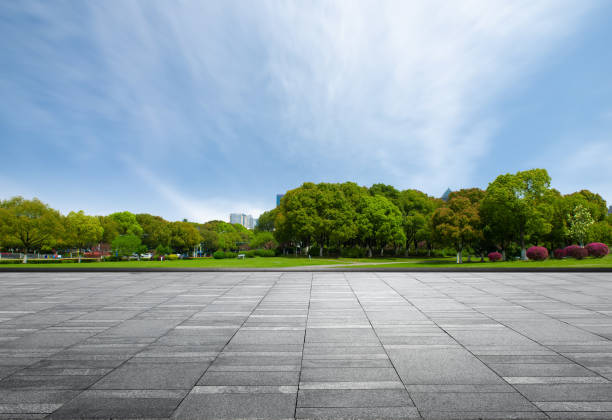Understanding the Sociocultural Dynamics of Urban Green Spaces
Urban green spaces, once mere aesthetic elements, are now pivotal in shaping modern societal patterns. They play a vital role in fostering social cohesion, enhancing well-being, and even steering urban development. Read below to explore how these verdant patches are redefining our urban lives.

The Historical Context and Sociological Developments
Urban green spaces, ranging from small parks to extensive greenbelts, have been integral to cityscapes for centuries. Historically, these spaces were often designed for aesthetic or recreational purposes. However, their role has significantly evolved over time due to changing societal needs and environmental consciousness.
Sociologists note a shift in the perception of urban green spaces from the late 20th century. As urbanization escalated, the importance of these spaces as havens of tranquility amidst concrete jungles grew. Concurrently, the rise of environmental movements and the increasing awareness of climate change propelled their significance further. They are now viewed as crucial for urban biodiversity, air quality, and heat regulation.
Current Trends and Cultural Shifts in Urban Green Spaces
Today, urban green spaces are at the intersection of various societal trends. The ongoing pandemic has underscored their role as safe socializing spaces when indoor gatherings posed health risks. Furthermore, the increasing emphasis on mental health has highlighted their therapeutic potential, with studies linking contact with nature to reduced stress levels.
Culturally, the ‘rewilding’ movement is influencing the management of urban green spaces. Instead of manicured lawns and ornamental plants, there is a growing preference for wild, native vegetation that supports local ecosystems. This shift reflects a broader cultural trend towards sustainable living and environmental stewardship.
The Impact of Urban Green Spaces on Modern Society
Urban green spaces are making cities more livable and sustainable. They provide residents with a sense of community and belonging, counterbalancing the anonymity often associated with urban life. They also promote physical activity, contributing to public health.
The rewilding of these spaces is fostering biodiversity, helping cities become resilient in the face of climate change. Moreover, they serve as outdoor classrooms, instilling environmental awareness among urban dwellers.
The Sociological Insights Backed by Research
Research validates the multifaceted benefits of urban green spaces. Studies reveal positive correlations between access to green spaces and mental well-being. Other research highlights their role in mitigating urban heat islands.
The sociological significance of these spaces is also gaining recognition. They are seen as social equalizers, providing free recreational facilities accessible to all, irrespective of economic status. They also facilitate community interactions, fostering social cohesion in diverse urban populations.
The Balance of Depth and Accessibility
Urban green spaces are not just patches of green in a sea of grey. They are dynamic sociocultural landscapes that reflect and shape societal trends. As we continue to urbanize, understanding the sociocultural dynamics of these spaces will be crucial for building inclusive, resilient, and livable cities.




